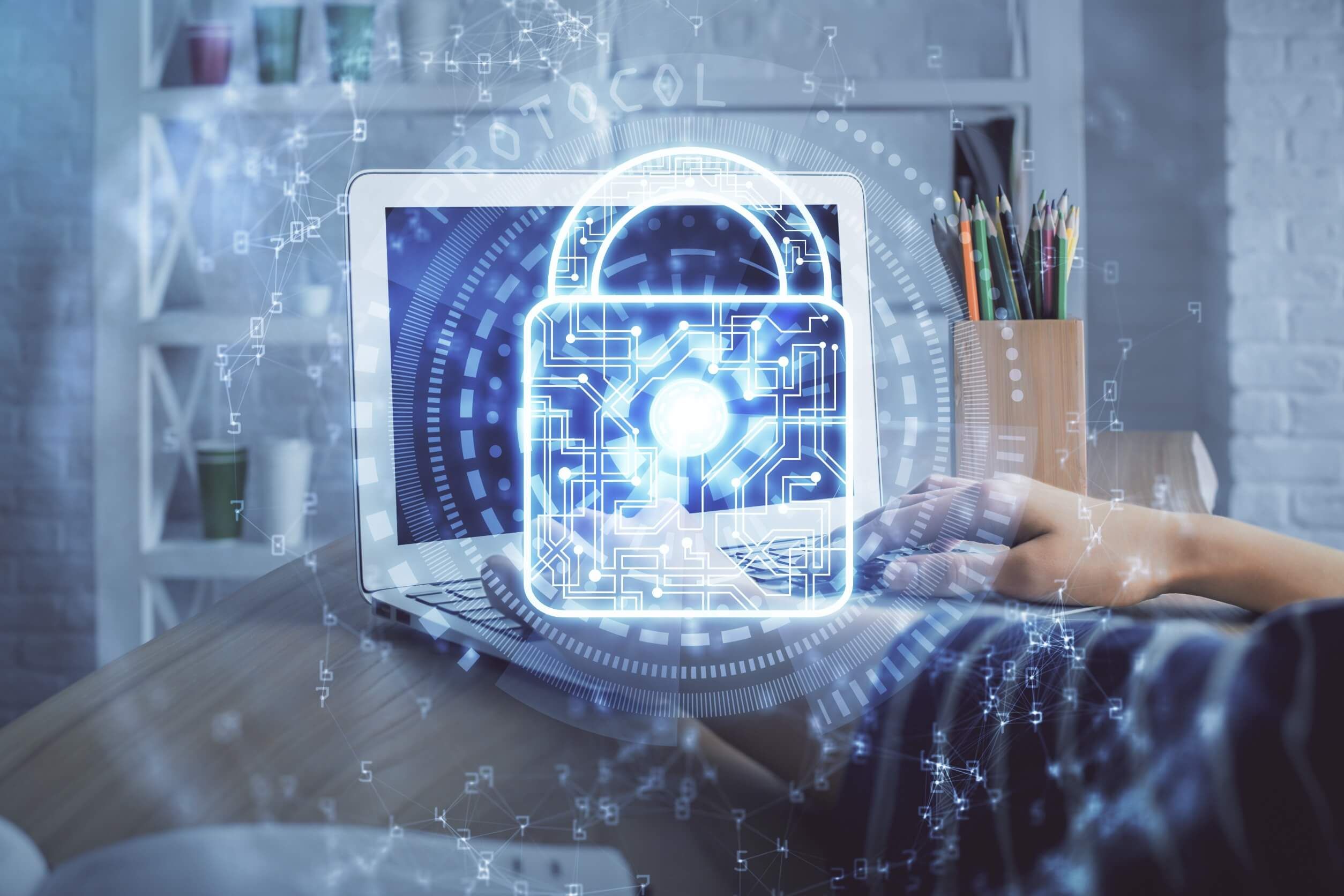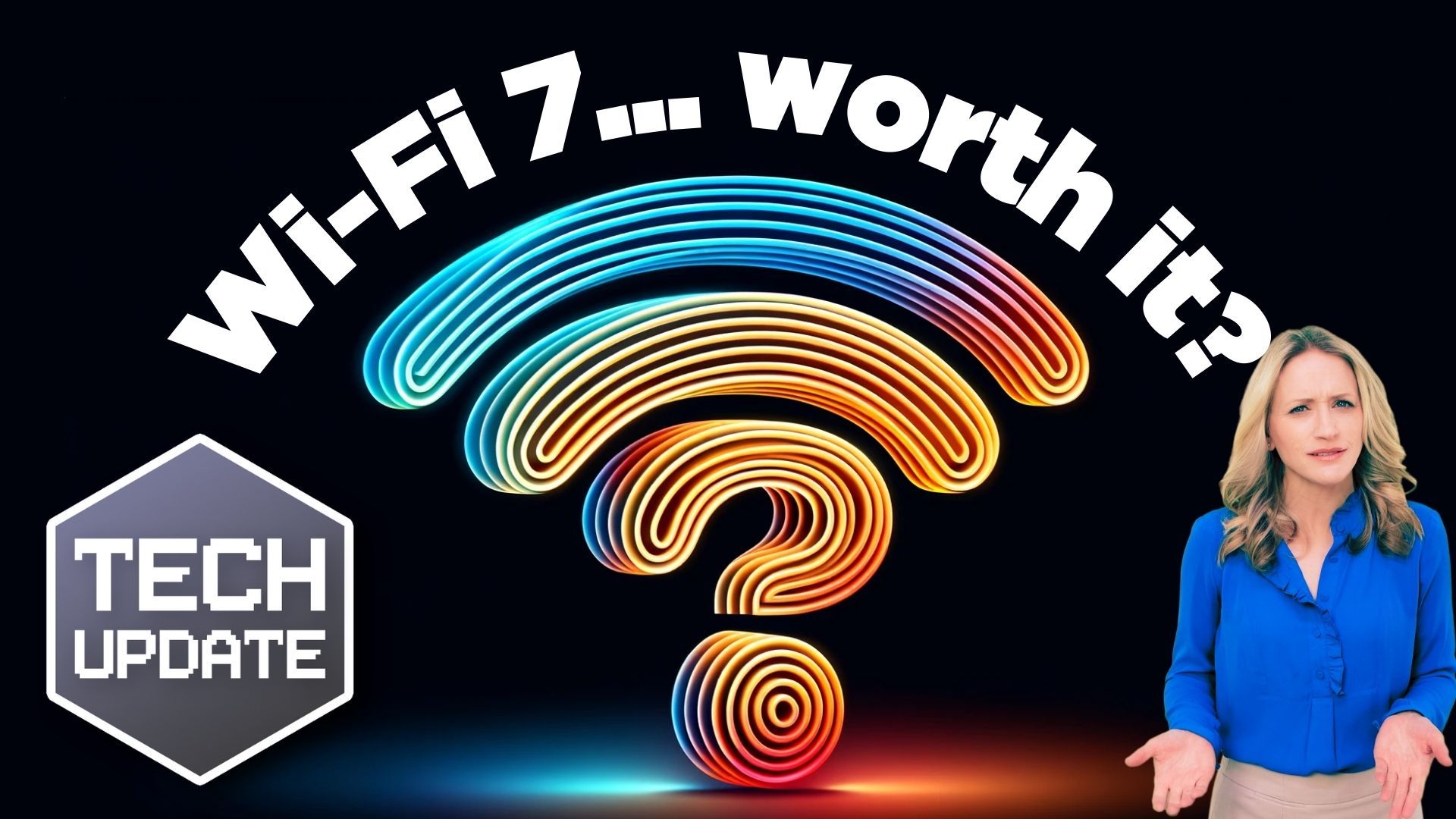Creating a Strong Cybersecurity Culture with Cisco Meraki

Cyber threats pose a constant risk to businesses of all sizes. Data breaches and cyberattacks can devastate any business, causing financial losses, reputational damage, and disruptions to operations. The good news is that building a strong cybersecurity culture with Cisco Meraki is one of the most effective ways to mitigate these risks.
Read on to learn how Cisco Meraki solutions can empower your team and simplify your security efforts.
Key Steps to Build a Strong Cybersecurity Culture
Here are the steps to building a strong cybersecurity culture:
Establish Leadership Commitment
Building a successful cybersecurity culture starts at the top. Management must demonstrate a solid commitment to cybersecurity by allocating resources, promoting security awareness programs, and leading by example.
Develop a Comprehensive Security Policy
A well-defined security policy sets clear expectations for employee behavior regarding data handling, password management, internet usage, and reporting suspicious activity. Contact professionals to help create a customized security policy that aligns with your industry and business needs.
Cisco Meraki Solutions for Businesses

Cisco Meraki solutions benefit SMBs. Implementing the right technology solutions can significantly strengthen your security posture. Cisco Meraki offers a suite of cloud-managed security tools for businesses:
Cisco Meraki MX Security Appliances
These next-generation appliances offer comprehensive network security solutions suitable for businesses of all sizes. With features like intrusion detection and prevention, content filtering, and malware protection, they ensure robust defense against various cyber threats.
What sets Meraki MX apart is its cloud-based management platform, which simplifies deployment, configuration, and monitoring from a centralized interface. This streamlined approach and reliable performance make Cisco Meraki MX security appliances an excellent choice for organizations prioritizing scalable and efficient network protection.
Key Features of Meraki MX Security Appliances
Seamless Connectivity
Whether your users are stationed at a corporate office, working remotely, or accessing cloud resources, Meraki MX ensures seamless connectivity by bridging users to public and private cloud environments or the data center. With integrated wired and cellular WAN, switching, and Wi-Fi capabilities, it provides resilient SD-WAN connectivity, optimizing traffic across all available paths.
Superior Cybersecurity Protection
Security is at the forefront of Meraki MX’s design philosophy. Leveraging unmatched threat intelligence from Cisco Talos, it automatically blocks 98% of malware, outperforming industry averages. Its suite of security features includes enterprise firewalling, intrusion detection and prevention systems (IDS/IPS), URL filtering, malware protection, and SD-WAN capabilities, providing a robust defense against evolving cyber threats.
Cisco Meraki MX Advanced Security Licenses
They enhance the capabilities of Meraki MX security appliances, providing an extra layer of protection against sophisticated threats. With the Advanced Security License, you can effectively safeguard networks and data assets from evolving cyber threats. Additionally, Meraki’s cloud-based management platform enables seamless deployment and management of these security features, ensuring that you can easily maintain a proactive security posture.
Cisco Meraki MV Cameras
These cameras represent a paradigm shift in video surveillance, offering a cloud-managed solution combining simplicity and powerful features. These cameras boast high-quality video capture, advanced analytics, and seamless integration with the Meraki dashboard. With their innovative design, MV cameras eliminate the need for complex on-premises infrastructure, making deployment and management straightforward.
Features like motion-based retention and smart alerts enhance security while minimizing storage costs. Whether deployed in retail, education, or enterprise environments, Cisco Meraki MV cameras provide reliable, scalable video surveillance solutions that adapt to evolving security needs.
Cisco Meraki Systems Manager
It is a comprehensive mobile device management (MDM) solution to streamline the management of mobile devices and endpoints across organizations. Systems Manager offers a cloud-based platform, enabling IT administrators to easily deploy, configure, monitor, and secure devices from a centralized dashboard.
With features such as device enrollment, application management, remote troubleshooting, and security policy enforcement, Systems Manager empowers businesses to efficiently manage their mobile device fleets, whether company-owned or employee-owned.
This solution supports various device types and operating systems, providing flexibility and scalability to adapt to the evolving needs of modern workplaces. Additionally, Systems Manager integrates seamlessly with other Cisco Meraki products, enabling you to create a unified network and endpoint management approach.
Putting Everything to Action
Here are a few actionable tips to put the theories into practice:
Conduct a Security Risk Assessment
Before implementing any security measures, it’s crucial to understand your existing vulnerabilities. Contact a professional to conduct a comprehensive security risk assessment to identify potential security gaps in your network, applications, and data storage practices. They can comprehensively evaluate network, data, physical and application security, and user behavior.
Develop a Security Incident Response Plan (SIRP)
A SIRP outlines the steps to take in case of a cyberattack. This includes identifying responsible individuals, procedures for isolating incidents, communication protocols, and data recovery steps. A clear plan ensures a swift and coordinated response to security incidents, minimizing damage and downtime. The critical components of SIRP include detection and analysis, containment, eradication, recovery, communication, and post-incident review.
Integrate Security into Onboarding and Training Programs
Make security awareness a core component of your employee onboarding process. Provide ongoing training throughout the year, using engaging and interactive methods like simulations, quizzes, and real-world case studies. The onboarding process, ongoing training, targeted training, and phishing tests are a few ways to integrate security into employee development programs.
By partnering with professionals like DEVsource Technology Solutions, who join hands with Cisco Meraki’s cloud-managed security solutions, you can establish a culture of security awareness, collaboration, and resilience within your organization. Book a web consultation today!









